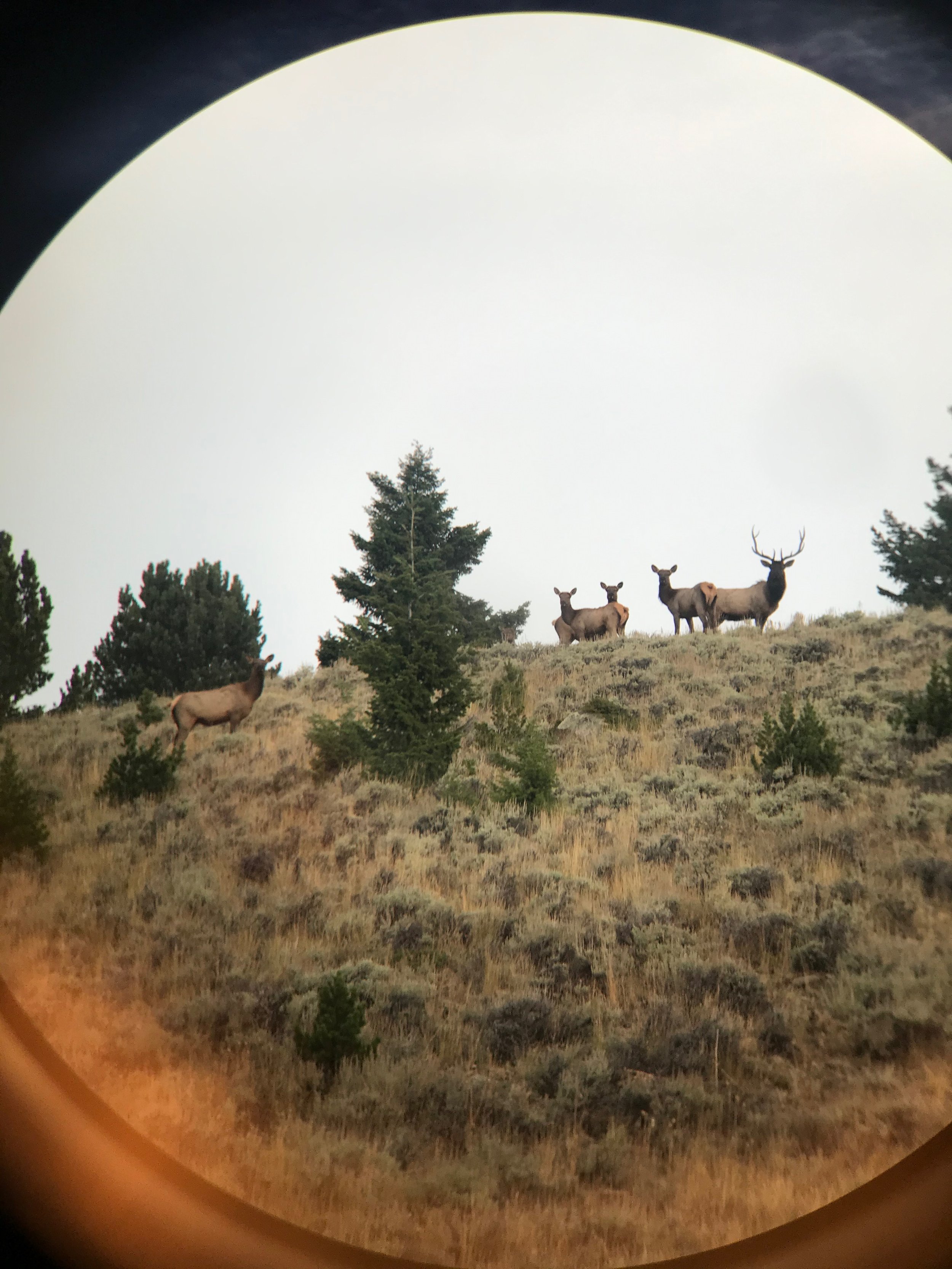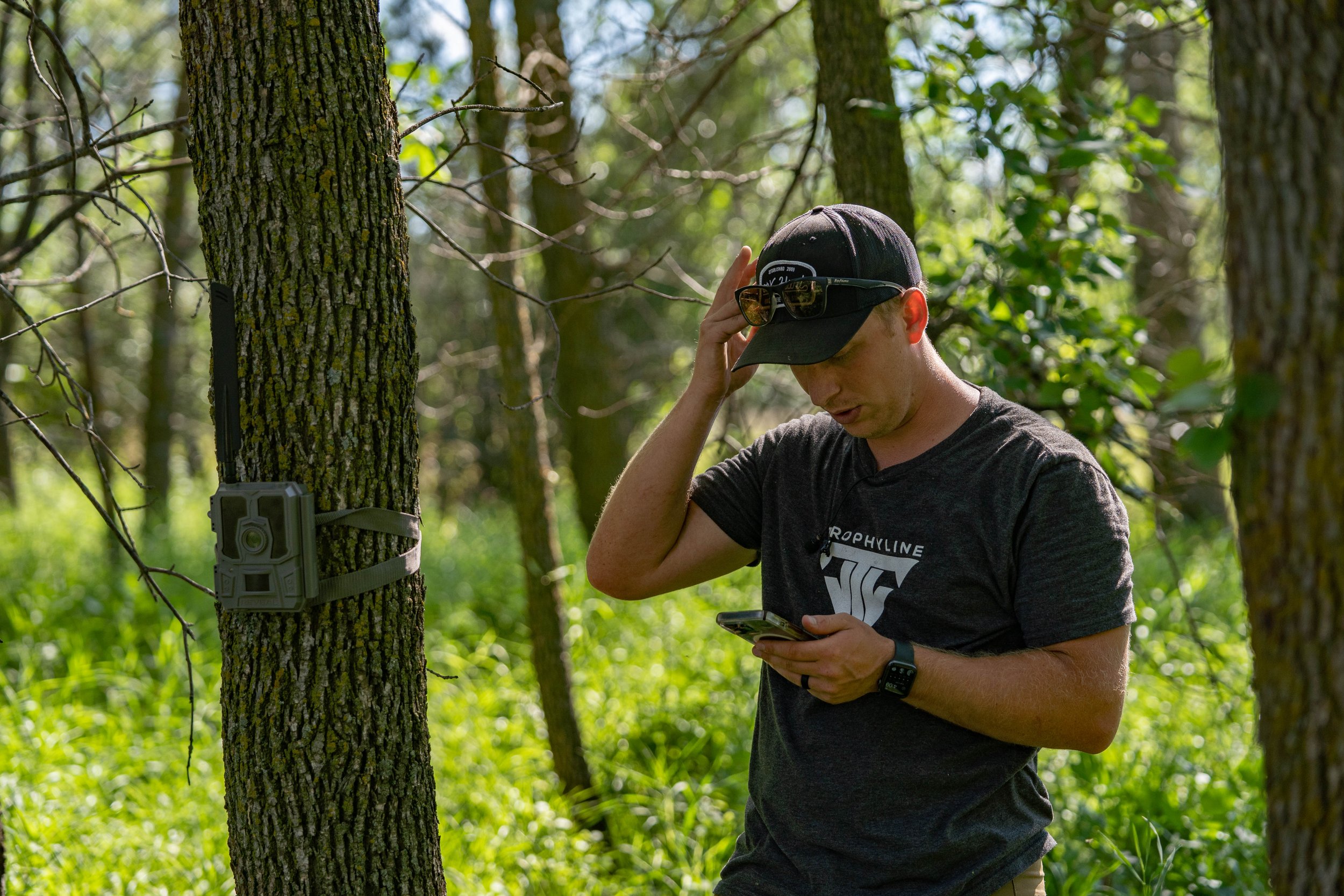By Alex Comstock
This season I’ve hunted the big woods of northern Minnesota around where I live more than ever in the past. Hunting big woods can present unique challenges, and today we’ve got a great Q&A with Greg Litzinger, a big woods public land hunter from New Jersey who has had a lot of success throughout his years.
Q: At a high level, what makes big woods hunting for mature bucks challenging? For those that either haven’t done it before, or for hunters that aren’t successful, what sticks out to you as a major challenge?
Greg: The most challenging part for me is actually locating a mature deer and where that deer might be spending their time during daylight hours. A major challenge that I’ve faced would be the time needed to successfully scout and hunt such a large massive chunk of property. It could take a few scouting sessions and hunts, which could possibly turn into a few years, just to find where those older deer might be located.
Q: Before we go any further, for anyone that might be wondering, what do you consider to be “Big Woods”? What is a true big woods setting to you?
Greg: This is a tough one to answer as everyone views a big woods setting differently depending on where you live. If you live in Canada or Maine, a big woods setting will be different than someone living in a heavily populated state like where I’m at in New Jersey, but for me, I would say a good 700+ acres of unbroken timber with little fields, no commercial agriculture, no vehicle traffic, or a large network of hiking trails running through the property constitutes as a big woods setting. That might not seem like a lot of land, but that’s more than one square mile of unbroken timber. That’s a lot of woods to cover and when we start talking about 5,000 acres or 50,000 acres, it just gets even more difficult. I’ve been to Canada, Minnesota, Maine, the Adirondacks and to me, those heavily wooded areas are the pinnacle of a big woods setting.
Q: What are the top three things in your mind to being a successful big woods hunter? Do you think enough people are doing these things or are these certain things overlooked by a majority of hunters?
Greg: The top three things to me would probably be in no specific order.
Woodsmanship: Without it, those places will chew you up and spit you out.
Perseverance: You won’t be seeing many mature deer, so you have to stay focused.
Have a game plan for scouting and hunting.
I think a lot of people have unrealistic goals or expectations when hunting the big woods. You will more than likely have to bust your ass to get a shot at a mature buck or two. Between the scouting and hunting, a lot of time will be invested. I think a lot of people give up too easily and you need to be stubborn if you want to be a successful big woods deer hunter.
Q: How important is scouting to you in a big woods setting? How much time do you spend scouting in the off-season and during the season?
Greg: Scouting is the most important piece of the puzzle in my eyes. I actually kept a log book a few years ago of my time I spent scouting versus hunting and over the course of the year I ended up scouting more than I actually hunted. For every 3-4 hour sit I probably scouted almost 5-6 hours. This is why I prefer always having my stand on my back when I’m going hunting. I don’t like to have stands set in a specific tree. I’m always scouting and always ready.
Q: How important are the little things to you? Personally, I’ve found that when it comes to big woods hunting, you might not have as many chances at a mature buck, and those little things can make big differences. What are those little things to you, and do you agree with this?
Greg: Yes I completely agree. It’s the little things that can make or break a hunt in an instant. Here is my little list of some small details that a lot of people might overlook. When I place a stand in a tree, I keep a small journal of how high/low it needs to be, but also what degree of direction on my compass it needs to face. When you set up your stand in the dark, if you set it at the wrong height or direction, you just might miss your one opportunity at a shot. When I set my stand up I pull out my journal and make sure it’s perfect for that spot. I note the direction of any possible thermal pull or push depending on area. Have a plan B or C. If the area is cold, move to that plan B or C so you make sure you’re are not wasting a day hunting a cold spot.
Q: Give me your most underrated tactic to hunting mature bucks in the big woods.
Greg: My most underrated tactic would be to scout and set up for the time of year you will be hunting. No sense in hunting a rut funnel or doe bedding area in early October now is there. It may not seem like an underrated tactic, but I see way too many people hunting the right area at the wrong time.
Q: When have you found the majority of your success? What do you think this is attributed to?
Greg: I’ve personally had the majority of my success between October 6-20, I know right…the “October lull”. I think this has a lot to do with my scouting methods and what I’m scouting for. I scout for buck beds and terrain features and rub lines near buck beds. I prefer to hunt a deer that’s basically going from bed to feed and vice versa. They can be predictable and somewhat patternable at that time of year.
Q: If someone asked you for only piece of advice to better their chances at a mature buck in a true big woods setting, what would your piece of advice be?
Greg: One piece of advice I would give to someone would be… patience. The old saying Rome wasn’t built in a day is the same with big woods hunting. The first year or two usually is all about learning the area and how/why deer move around.
My big woods learning curve was a long six years, but when I finally connected on a mature buck it made those six years and countless hours seem like six minutes. Putting my tag on that buck has been and just might be my greatest accomplishment I ever have had as a bowhunter.
To see more from Greg, be sure to visit his YouTube Channel Bowhunting Fiend.
































